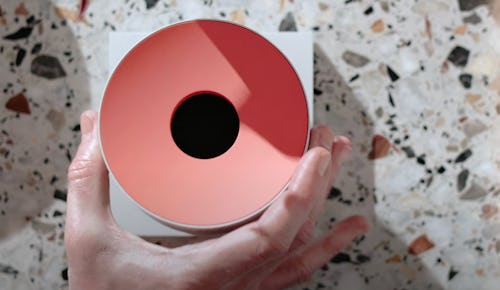
Maybe notifications don’t have to be so annoying after all. Google’s Seed Studio has been working with London-based industrial design studio, Map Project Office, on “Little Signals” — six unassuming objects that use subtle cues like sound, movement, and visuals as less intrusive ways of alerting us.
Who knows if this approach will ever make it to actual Google Home devices, but the idea behind Little Signals is a welcome change from how distracting notifications can sometimes be. We’re all used to the jarring blare of a microwave when your food is ready, or the vibrating ping of a text message. Little Signals cuts out the intensity of a notification and replaces it with more relaxed methods, like a few puffs of air to moving some leaves, or a growing shadow to get your attention.
Real-life inspiration —
According to the designers, the six Little Signals devices were inspired by everyday objects that are more subtle in their ways of alerting us, like a clock’s moving hands or a kettle’s whistle when the water is boiling. With that in mind, the Little Signals mimic real life alerts, like knocking on a door, or wind chimes going off.
The Air device uses pulses of air to move nearby things, like a plant’s leaves, to attract your attention, while the Button can be pressed, growing until it plays a tone when it’s full. The Movement object features seven pegs that can peek out of its housing individually or together as a group to convey motion.
The Rhythm device feels the most familiar out of the bunch as it can make ambient sounds with the melody being programmed to match the importance of the alert, and be muted by waving above it or turning it over. Just like it sounds, the Tap object taps on surfaces to create sounds, where the stronger the tap, the more pressing the matter is. And the Shadow device seems like the most subtle of them all, since it simply casts a shadow that can be programmed to breathe or grow bigger.
Do it yourself —
Google’s Seed Studio put up all the necessary files to design your own Little Things device, including the instructions on how to build any of the six objects and the code that they run on. Google is encouraging playing around with all the designs and integrating them into our electronics for some fun DIY projects.







